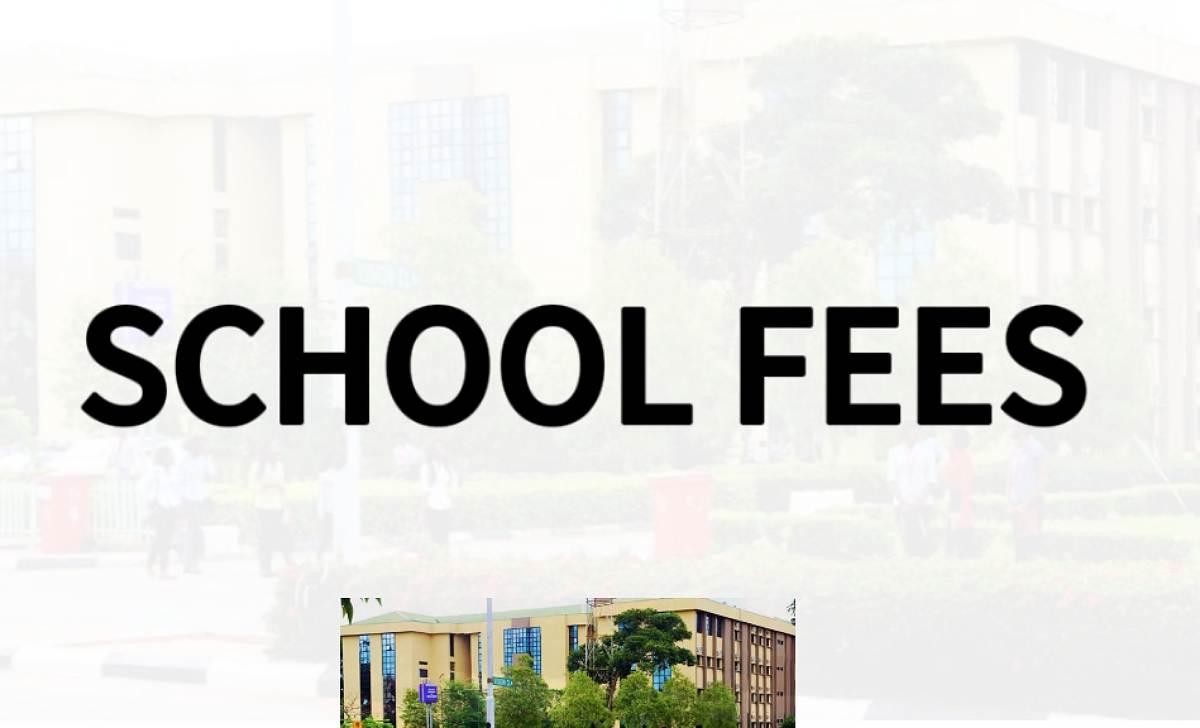As the new academic year approaches, both prospective and returning students of Nnamdi Azikiwe University (UNIZIK), Awka, are eager to learn about the university’s fee structure.
Understanding the school fees is crucial for planning your finances, budgeting, and making informed decisions.
Nnamdi Azikiwe University, renowned for its academic excellence, is one of Nigeria’s top institutions.
With a variety of programs spread across multiple faculties, the university emphasizes affordability and accessibility in education.
In this guide, we provide a breakdown of the UNIZIK school fees for the 2024-2025 session.
We’ll cover the costs for different faculties, additional fees, payment methods, and deadlines so you can avoid last-minute surprises.
How Much Is Unizik School Fees 2024
Below is UNIZIK School Fees 2024-2025: Faculty Breakdown, do well to check ✅
Fees at UNIZIK vary across faculties, with each program reflecting the resources needed for optimal learning. Here’s a detailed breakdown of the fees for the upcoming academic year.
1. Faculty of Arts
- Fresh Students: ₦55,000
- Returning Students: ₦50,000
2. Faculty of Education
- Fresh Students: ₦60,000
- Returning Students: ₦55,000
3. Faculty of Science
- Fresh Students: ₦70,000
- Returning Students: ₦65,000
4. Faculty of Social Sciences
- Fresh Students: ₦55,000
- Returning Students: ₦50,000
5. Faculty of Law
- Fresh Students: ₦80,000
- Returning Students: ₦75,000
6. Faculty of Management Sciences
- Fresh Students: ₦65,000
- Returning Students: ₦60,000
7. Faculty of Engineering
- Fresh Students: ₦85,000
- Returning Students: ₦80,000
8. Faculty of Pharmacy
- Fresh Students: ₦90,000
- Returning Students: ₦85,000
9. Faculty of Agriculture
Fresh Students: ₦65,000
Returning Students: ₦60,000
Other Applicable Fees
In addition to tuition fees, students should be aware of several other mandatory costs. These fees are crucial to your academic experience, covering various administrative, accommodation, and departmental needs.
1. Registration Fees
- Fresh Students: ₦5,000 (One-time payment)
2. Hostel Fees
Ranges between ₦20,000 and ₦30,000 per session, depending on the hostel.
3. Departmental Fees
- Extra fees for labs, field trips, and practicals: ₦5,000 to ₦15,000.
4. Examination Fees
- All students: ₦10,000 for exam-related costs.
Payment Methods
UNIZIK offers multiple payment options, making it easier for students to settle their fees without stress. Choose the option that suits you best:
1. Online Payment
- Use the university’s portal to pay with a debit card. This method is fast, secure, and accessible from anywhere.
2. Bank Transfer
- Students can transfer funds directly to the university’s designated accounts. Keep your transaction receipt as proof of payment.
3. Bank Payments
- Pay directly at listed banks. Always verify the approved banks on the university’s portal to avoid issues.
Payment Deadlines
To avoid penalties or delays in registration, students must ensure they meet the following deadlines:
1. Fresh Students
- Pay your fees by September 30, 2024. Late payments may result in penalties or inability to register.
2. Returning Students
- Payment deadline: October 15, 2024. Delayed payment will complicate your registration process.
3. Accommodation Fees
- Hostel payments must be completed by October 31, 2024 to secure a spot.
Conclusion
Understanding the fee structure for Nnamdi Azikiwe University (UNIZIK) for the 2024-2025 academic session is critical for both fresh and returning students.
By knowing your tuition and additional fees, and paying them on time, you ensure a smooth start to the academic year.
The variety of payment methods and clearly outlined deadlines reflect UNIZIK’s commitment to affordability, making it easier for students to focus on their studies without financial stress.
Budget wisely, stay ahead of deadlines, and enjoy a seamless educational journey at one of Nigeria’s finest institutions!




How much is unizik acceptance fee?
Nnamdi Azikiwe University acceptance fee usually costs between ₦20,000 and ₦30,000. The exact amount depends on what you’re studying.